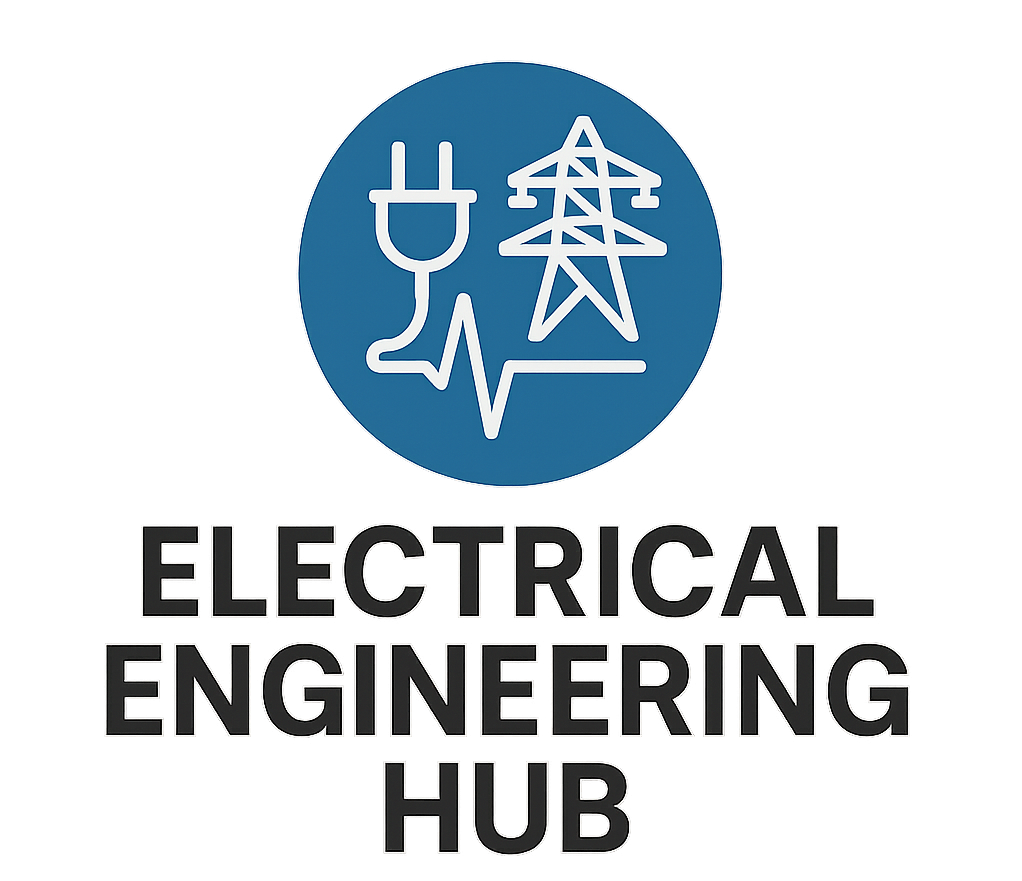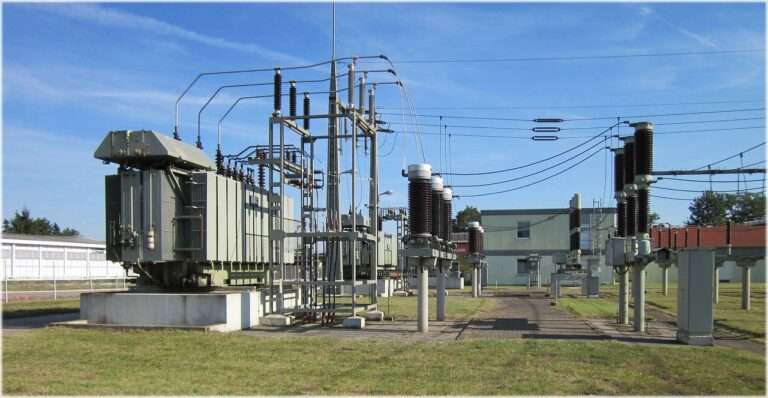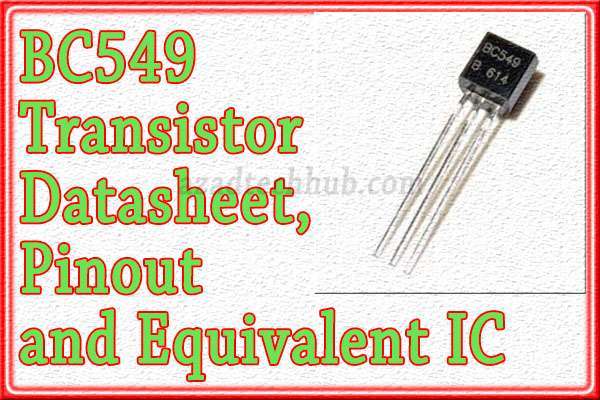Features of Excitation System: Important Notes
The features of excitation system of synchronous generators play an important role in power system stability. Excitation Systems are responsible for providing the necessary field current to the generator’s rotor winding to ensure stable and synchronized output voltage. It incorporates various features that contribute to its efficient and reliable operation.
Read More

Features of Excitation System
Let’s delve into the key features of excitation system:
Voltage Regulation: One of the primary features of the excitation system is voltage regulation. It monitors the generator’s output voltage and adjusts the field current accordingly to maintain a constant and stable voltage level.
This feature ensures that the generated voltage remains within acceptable limits during varying load conditions and disturbances, preventing voltage fluctuations that could impact connected equipment.
Reactive Power Control: The excitation system allows for precise control of the generator’s reactive power output. By regulating the field current, it can adjust the generator’s reactive power contribution to the grid.
These features of excitation system are crucial for supporting the transmission of active power, maintaining voltage levels, and ensuring power factor correction in the electrical system.
Stability Enhancement: An important aspect of the excitation system is its ability to enhance the stability of the synchronous generator and the overall power system.
It responds swiftly to sudden load changes or disturbances, providing the required field current to prevent the generator from slipping out of synchronism with the grid. These features of excitation system help to maintain system stability and prevents cascading failures.
Field Current Limiting: The features of excitation system include protective design to limit the field current within safe operating bounds. Excessive field current can lead to overheating and damage the generator.
This feature ensures that the field current remains within the generator’s thermal limits, promoting operational reliability.
Digital Control and Monitoring: Modern excitation systems often feature digital control and monitoring capabilities. Digital control allows for more sophisticated regulation algorithms and better responsiveness to system changes.
Additionally, digital monitoring enables real-time data collection and diagnostics, facilitating predictive maintenance and fault detection.
Redundancy and Reliability: To ensure high reliability, many excitation systems are equipped with redundant components. Redundancy reduces the risk of excitation system failure and enhances the generator’s overall availability. When one component fails, the redundant one can seamlessly take over, minimizing downtime.
Excitation System Models and Variants: Various excitation system models and variants exist to cater to different generator types and applications. Different generator sizes, designs, and grid requirements may call for specific excitation system configurations. Manufacturers offer a range of models, each tailored to suit various power generation scenarios.
Field Forcing Capability: Some advanced excitation systems include a field forcing feature. In critical situations, such as prolonged outages or severe disturbances, this capability provides an initial excitation current to “force” the generator to quickly reconnect to the grid, minimizing downtime and grid instability.
Integration with Power System Stabilizers (PSS): Excitation systems can be integrated with Power System Stabilizers (PSS) to dampen low-frequency oscillations and improve system stability. The PSS measures system oscillations and sends appropriate signals to the excitation system to modulate the field current and dampen these oscillations.
Grid Code Compliance: Features of Excitation system must comply with specific grid codes and regulations. Grid codes define technical requirements for power generation, including voltage and frequency control. Excitation systems play a vital role in meeting these standards, ensuring seamless integration with the power grid.
In conclusion, the features of excitation system, such as voltage regulation, reactive power control, stability enhancement, and digital control, are crucial for ensuring a synchronous generator’s efficient and reliable operation.
These features, along with redundancy and compliance with grid codes, contribute to the overall stability and performance of power generation systems. Excitation system models and variants cater to diverse applications, providing tailored solutions for various generator types and operating conditions.
Related Posts:
- Excitation Systems: Components & 4 Important Methods
- Automatic Stator Winding Machine: Best Guide
- Induction Motor: Important Types, Construction & Working
- What is Demand Factor and Diversity Factor? Quick Concepts
- Power Triangle: Best Applications You Need to Know
Follow us on LinkedIn”Electrical Insights” to get the latest updates in Electrical Engineering. You can also Follow us LinkedIn and Facebook to see our latest posts on Electrical Engineering Topics.




